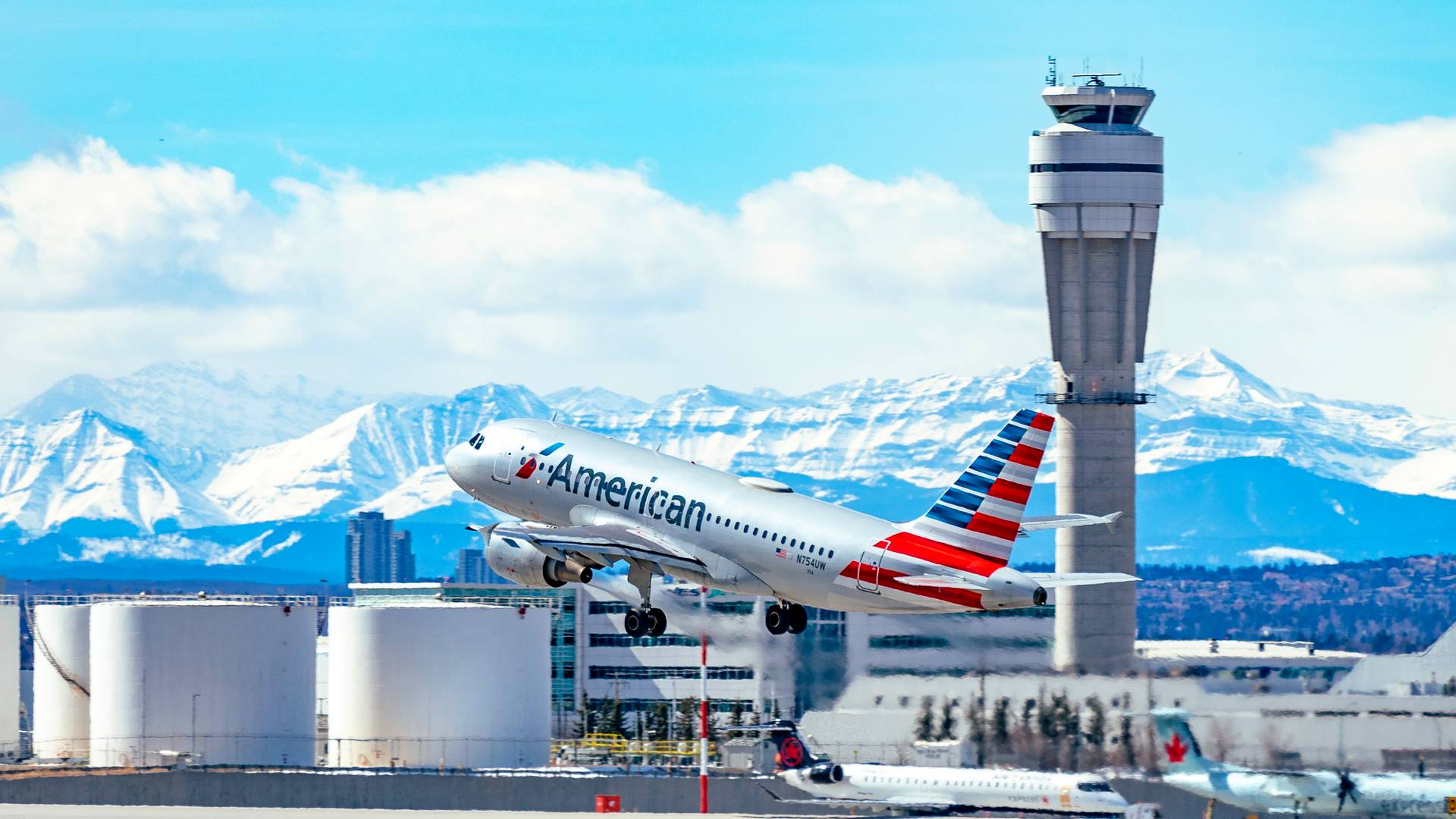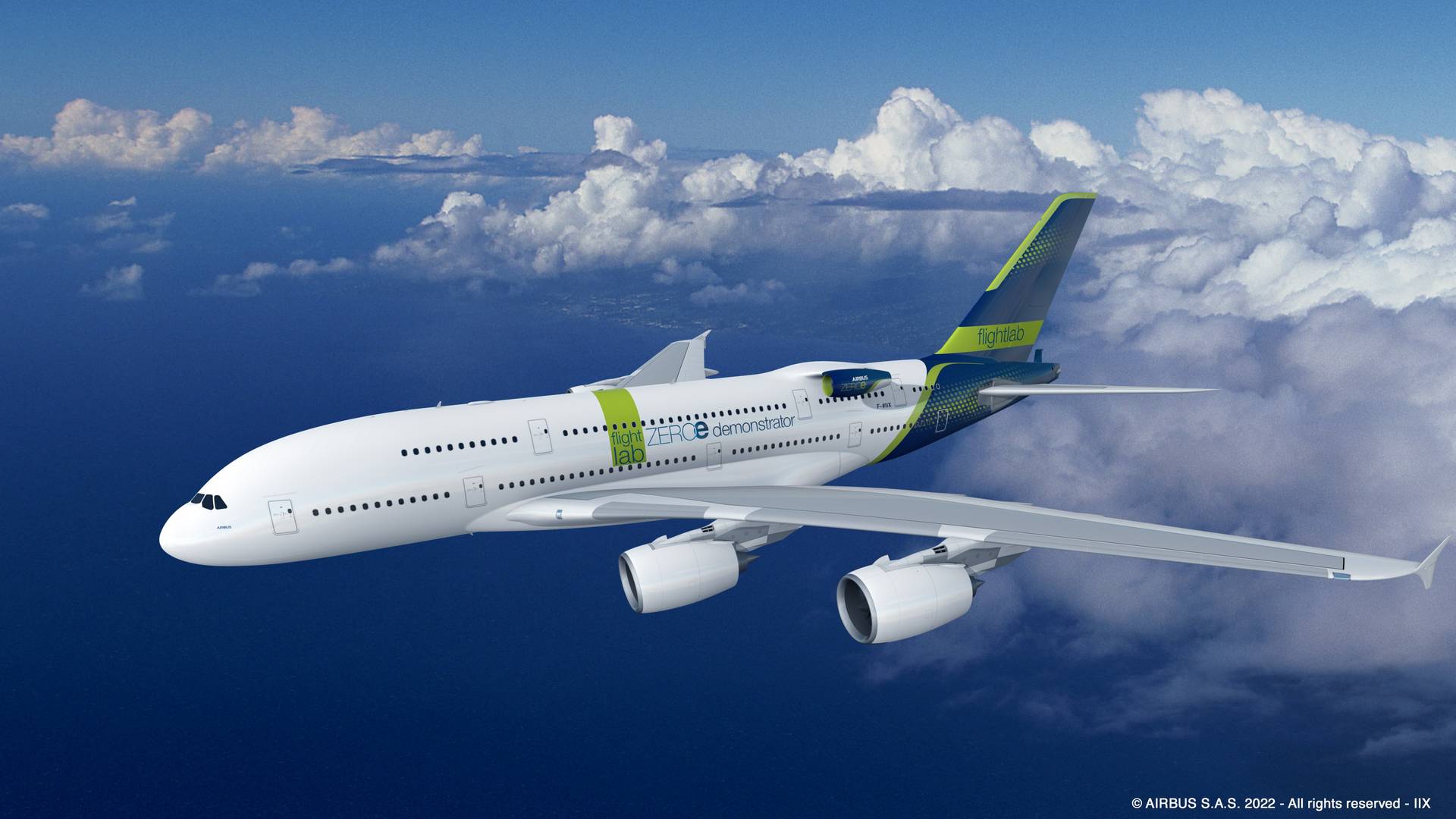Google and American Airlines have conducted test flights, proving that it’s possible to avoid areas that favor the creation of contrails. But there’s a catch.
A lot of discussions around the fluffy lines of clouds that airliners often leave behind revolve around conspiracies and photos of in-cabin water tanks. Which is a real shame, because there is much to discuss about contrails that is more serious.

Contrails are interesting because they can have a non-CO2-related warming effect, in certain conditions. Simply put, they can trap heat in the atmosphere, stopping it from “escaping” to space. During the day, contrails also reflect some of the sun’s heat out into space. But at night, they exclusively trap heat.
Google decided to explore the use of its AI modeling, to predict places where persistent contrails could form. In general, contrails are more persistent when aircraft fly through areas with higher humidity.

So AI weather prediction models could also predict areas where contrails would be stronger – and Google is working on such models. However, contrails form at higher altitudes than those that many weather models monitor closely.
Google, American Airlines Tackle Contrails
Google partnered with American Airlines, for a project intended to show if the mitigation of contrails could become part of normal airline flight planning. The project involved 70 flights over six months. In these flights, pilots would select an altitude that would avoid high humidity areas. It appears that the test flights didn’t deviate laterally.

Google used satellite imagery to evaluate the results of the test, which involved training AI to identify contrails. According to the company, American Airlines’ pilots managed to reduce contrails by 54%, during this test.
But predictably, there’s a downside to this. Selecting a different altitude than what would otherwise be ideal, meant that the aircraft in this test had a higher fuel burn. According to American and Google, the flights that avoided contrails burned around 2% more fuel.

But in some conditions, burning this extra fuel could be worth it, says Google. Heating from contrails could account for as much as 35% of aviation’s warming effect. Also, only a small number of flights would need to adjust their altitude this way.
According to Google, the total fuel impact of factoring avoidance of contrails in flight planning could be as low as 0.3%. But there are more factors to look into here. Bjorn Fehrm has looked at this matter in Leeham News – and how it could change in the future.

Future Fuels?
These changes will depend on what fuel our future airliners use – and HOW they will use it. For example, Sustainable Aviation Fuels (SAFs) are very similar to current jet fuels but contain no aromatic hydrocarbons, like naphthalene.
These hydrocarbons create soot, which is key in the formation of contrails. So aircraft burning SAF in normal jet engines would likely produce much fewer (or less persistent) contrails. Unfortunately, we currently can’t make SAFs economically and/or in enough volume, to use them widely.

Then there’s hydrogen. Jet engines or turboprops burning hydrogen would only emit water vapor through their exhausts. This is great, but it could produce more contrails than current jet engines burning jet fuel. This isn’t an issue with hydrogen fuel cells, which also produce water but not in the form of vapor.
The nature and persistence of contrails generated through hydrogen-burning jet engines is something that Airbus wants to explore with its A380 FlightLab. This aircraft will have a fifth jet engine on its upper fuselage, for this reason. It should fly in this configuration later this decade.

So, it’s not easy to tell how important the work that Google is doing on minimizing contrails will be in the future. It will depend on how widespread SAF and/or hydrogen will eventually become. But nominally at least, this is technology that airlines and aviation authorities could consider using well before our airliners change fuels.
Sources: Google, Leeham News




2 comments
Jeff Przybyszewski
This is for real?
Sammy Smith
Is this going to be the future then?